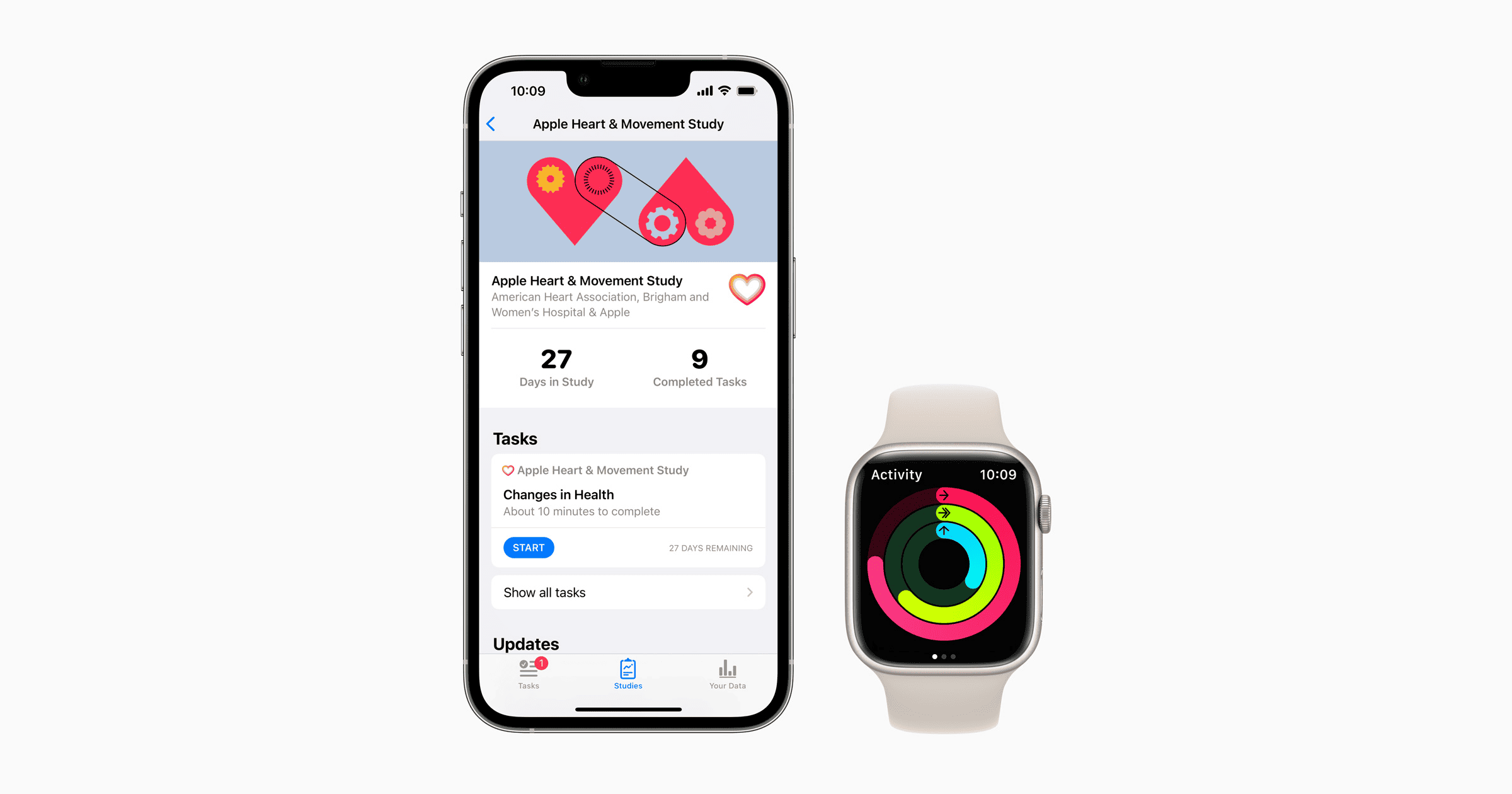Walking, cycling and running were the ways most people filled up the Activity minutes on their Apple Watch during the pandemic and older demographics were better at hitting their goals. That’s according to a new preliminary analysis of activity data shared from the Apple Heart and Movement Study, which was released on Monday.
Preliminary Findings From Apple Heart and Movement Study
The Apple Heart and Movement Study took in data from over 18 million workouts logged using Apple Watch during the pandemic. It was analyzed by researchers from Brigham and Women’s Hospital, who collaborated with the American Heart Association and Apple. The study found that participants aged 65 and older were more likely to stay on track and hit meeting the target of at least 150 minutes of activity per week than those in younger age groups. Those with above-average Cardio Fitness levels averaged more than 200 minutes of activity per week, whatever their age or gender. Furthermore, those with high Cardio Fitness averaged more than weekly 300 minutes of activity.
These findings seem fairly logical to me. With gyms closed or unappealing at different points of the pandemic, outdoor activities like running, walking, and cycling are clear alternatives for those that want to stay active. I know I personally canceled my membership but have walked nearly every day. Furthermore, with people asked to work from home, those in younger age cohorts are perhaps less likely to be active than older participants, who may not have the same work commitments. It’s also surely no surprise that those who do more exercise have high Cardio Fitness?
Using Apple Watch to Understand Activity and Fitness
Calum MacRae, MD, PhD, principal investigator of the Apple Heart and Movement Study, cardiologist, and professor of Medicine at Harvard Medical School, commented:
Much of what we know about activity and cardiovascular fitness is based on small studies with limited metrics and few data on trends over time. The Apple Heart and Movement Study is collecting ongoing detailed information on activity and health from a large number of participants using Apple Watch, which offers researchers an ongoing estimation of Cardio Fitness, an established measurement of cardiovascular fitness. Through this study, we’re able to analyze the interaction between activity and Cardio Fitness and follow trends in ways that were not previously possible. We anticipate that exploring physiology at this scale with such a rich research data set will shed light on wellness and maintaining health.
To learn more about the Apple Heart and Movement Study, users can download the Research app from the App Store. The findings of the survey were revealed the same day Apple announced collections across various apps to help users improve their heart health.
